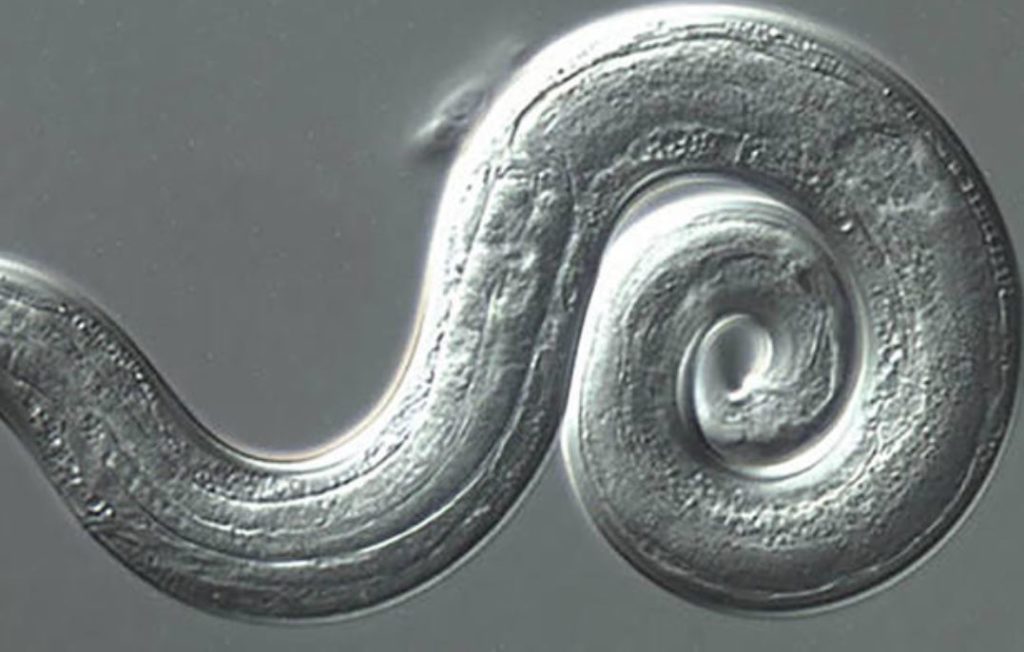Three more cases of rat lungworm disease have been confirmed by the Hawaii Department of Health, a disease that could damage a victim’s brain or spinal cord in some cases. One case occurred last year after a visitor reportedly ate a slug on a dare, bringing the 2018 total up to 10 confirmed cases.
The other two cases occurred earlier this year, with one person getting sick in late February. Officials believe they may have been infected by consuming produce “straight from the land.” Another person fell ill in January, though it’s unclear how they contracted rat lungworm disease.
Five people have been diagnosed with rat lungworm disease in Hawaii in 2019, which is why state health officials are warning residents and visitors to wash all fruits and vegetables, paying close attention to leafy greens and to store produce in sealed containers. Officials want consumers to especially look out for slugs or snails, which may be carrying the parasitic roundworm that causes rat lungworm disease.
Once infected, a person cannot infect another human with the disease. Symptoms are typically mild to nonexistent. In a majority of cases, anti-parasitic medications are not needed and the parasite dies over time. In some cases, however, rat lungworm disease can cause eosinophilic meningitis, according to the Centers for Disease Control and Prevention.
